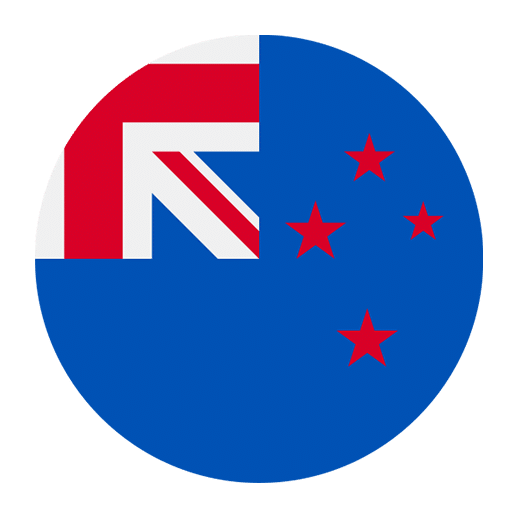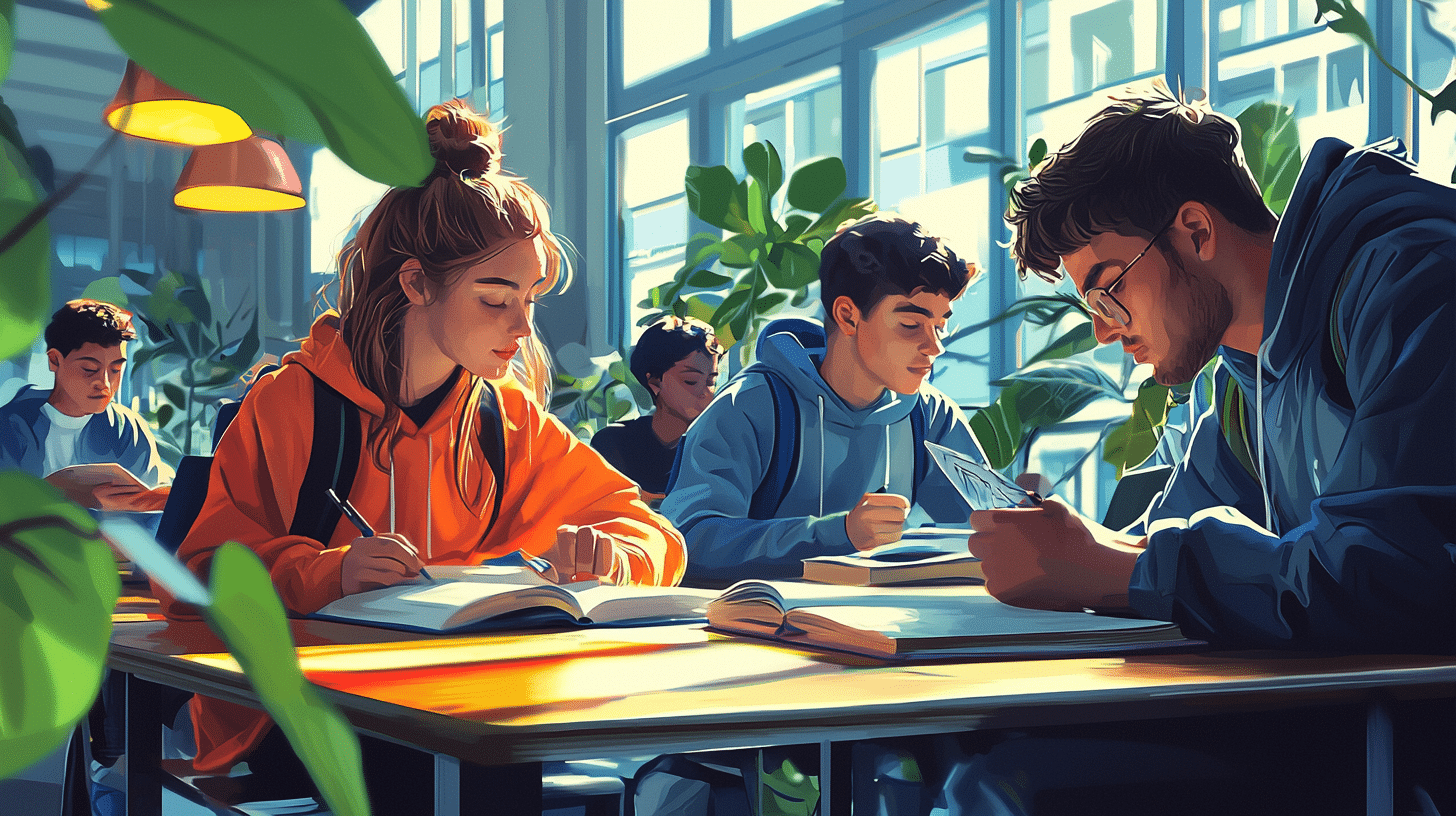The Māori culture, indigenous to New Zealand, is rich with traditions, stories, and art forms that have been passed down through generations. Two of the most significant aspects of this culture are the Māori language (te reo Māori) and Māori visual arts. The intersection of these two elements reveals a deep connection between language and art, where each form of expression complements and enhances the other. This article delves into the intertwined nature of Māori language and visual arts, exploring their historical significance, contemporary relevance, and the ways they contribute to the preservation and revitalization of Māori culture.
Historical Significance
The Māori language and visual arts have been integral to Māori society for centuries. Traditionally, te reo Māori was the primary means of communication within Māori communities, serving as a vessel for knowledge, history, and cultural practices. It is a language rich in metaphor and symbolism, which is often reflected in the visual arts.
Māori visual arts encompass a wide range of forms, including carving (whakairo), weaving (raranga), painting, and tattooing (ta moko). Each of these art forms carries deep cultural meanings and often tells stories from Māori mythology, history, and everyday life. For instance, whakairo, the art of carving, is not merely decorative but is imbued with spiritual and ancestral significance. Carvings on meeting houses (wharenui), canoes (waka), and other structures often depict ancestors, deities, and important events, serving as visual representations of oral histories passed down through generations.
The relationship between language and art is evident in the way these carvings are interpreted and understood. The stories and meanings behind the carvings are often conveyed through te reo Māori, with specific terms and phrases that encapsulate the significance of the designs. For example, the koru, a spiral shape commonly found in Māori art, symbolizes new life, growth, and harmony. The word “koru” itself is derived from the Māori word for loop or coil, highlighting the connection between the visual form and the linguistic expression.
Contemporary Relevance
In contemporary times, both the Māori language and visual arts have undergone significant transformations and revitalizations. The Māori language, once suppressed and marginalized, has experienced a resurgence in recent decades. Efforts to revive te reo Māori have included the establishment of Māori language immersion schools (kura kaupapa Māori), broadcasting in te reo Māori, and the incorporation of the language into mainstream education and media.
Māori visual arts have also evolved, with contemporary Māori artists blending traditional techniques and motifs with modern styles and mediums. This fusion of old and new not only preserves traditional practices but also allows for innovative expressions of Māori identity and culture. Artists like Cliff Whiting, Robyn Kahukiwa, and Lisa Reihana have gained international recognition for their work, which often explores themes of cultural heritage, identity, and social issues.
The intersection of language and visual arts is particularly evident in contemporary Māori art. Many artists incorporate te reo Māori into their works, using text and language as integral elements of their visual compositions. This can be seen in the work of artists such as Shane Cotton, who often uses Māori words and phrases in his paintings, creating layers of meaning that engage both linguistic and visual interpretations.
Moreover, contemporary Māori visual arts serve as powerful tools for language revitalization. By incorporating te reo Māori into their artworks, artists help to normalize the language and make it more visible in public spaces. This visibility reinforces the relevance of te reo Māori in modern society and encourages its use and appreciation among both Māori and non-Māori audiences.
The Role of Education
Education plays a crucial role in the preservation and promotion of both the Māori language and visual arts. Māori immersion schools, or kura kaupapa Māori, provide a holistic approach to education that integrates language, culture, and art. In these schools, students learn te reo Māori as their primary language of instruction, while also engaging in traditional and contemporary Māori art practices.
These educational settings emphasize the importance of cultural identity and provide students with the skills and knowledge to express themselves through both language and art. By fostering an environment where te reo Māori and Māori visual arts are valued and celebrated, these schools contribute to the ongoing revitalization of Māori culture.
In addition to kura kaupapa Māori, mainstream schools and tertiary institutions in New Zealand have increasingly incorporated Māori language and arts into their curricula. This inclusion helps to raise awareness and appreciation of Māori culture among non-Māori students, fostering a more inclusive and diverse educational landscape.
Community Initiatives and Cultural Festivals
Beyond formal education, community initiatives and cultural festivals play a vital role in promoting the intersection of Māori language and visual arts. Events such as Matariki (the Māori New Year) and Te Matatini (the national kapa haka festival) provide platforms for the celebration of Māori culture, where language and art are central components.
Matariki, which marks the rising of the Pleiades star cluster, is a time for reflection, remembrance, and renewal. During this period, communities come together to celebrate through various cultural activities, including traditional storytelling, music, dance, and art. The use of te reo Māori in these celebrations reinforces the language’s cultural significance and encourages its use in everyday life.
Te Matatini, on the other hand, is a biennial festival that showcases the best of kapa haka (Māori performing arts) from around the country. This event not only highlights the talent and creativity of Māori performers but also serves as a powerful medium for the transmission of language and cultural knowledge. The performances often incorporate traditional and contemporary songs, chants, and dances, all of which are deeply rooted in te reo Māori.
Community art projects, such as mural painting and public art installations, also contribute to the visibility and appreciation of Māori language and visual arts. These initiatives often involve collaboration between artists, local communities, and schools, fostering a sense of pride and ownership in the cultural heritage.
The Digital Age and Global Influence
The digital age has opened up new opportunities for the intersection of Māori language and visual arts. Social media platforms, online galleries, and digital tools have made it easier for artists to share their work with a global audience. This increased accessibility has not only elevated the profile of Māori visual arts but has also provided new avenues for language promotion and revitalization.
Digital art and multimedia projects, such as virtual reality experiences and interactive installations, offer innovative ways to engage with Māori culture. These projects often incorporate te reo Māori, allowing users to learn and experience the language in immersive and interactive environments. For example, the “Māori Culture Virtual Reality” project developed by the University of Auckland enables users to explore a virtual marae (meeting house) and learn about Māori customs, language, and art.
The global influence of Māori visual arts and language is also evident in the growing interest and appreciation from international audiences. Māori artists have exhibited their work in galleries and museums around the world, and there is a rising demand for Māori language resources and learning materials. This global recognition not only validates the significance of Māori culture but also provides opportunities for cross-cultural exchange and collaboration.
Challenges and Future Directions
Despite the progress made in revitalizing the Māori language and promoting Māori visual arts, challenges remain. The intergenerational transmission of te reo Māori is still at risk, with many younger Māori not having the same level of fluency as their elders. Additionally, the commercialization and appropriation of Māori art and cultural symbols pose threats to the integrity and authenticity of these traditions.
To address these challenges, ongoing efforts are needed to support language learning and cultural education. This includes increasing access to te reo Māori resources, providing funding and support for Māori artists, and promoting the respectful and ethical use of Māori cultural elements.
Looking to the future, the continued collaboration between language and visual arts offers a promising path for the preservation and revitalization of Māori culture. By embracing both traditional and contemporary forms of expression, Māori communities can ensure that their language and art remain vibrant and relevant in the modern world.
Conclusion
The intersection of Māori language and Māori visual arts is a testament to the richness and resilience of Māori culture. Both forms of expression are deeply interconnected, with language providing the context and meaning for art, and art serving as a powerful medium for the transmission of language and cultural knowledge.
Through historical traditions, contemporary practices, educational initiatives, community involvement, and digital innovations, the relationship between te reo Māori and Māori visual arts continues to thrive. By celebrating and supporting this intersection, we can contribute to the ongoing revitalization of Māori culture and ensure that its beauty and wisdom are passed down to future generations.

